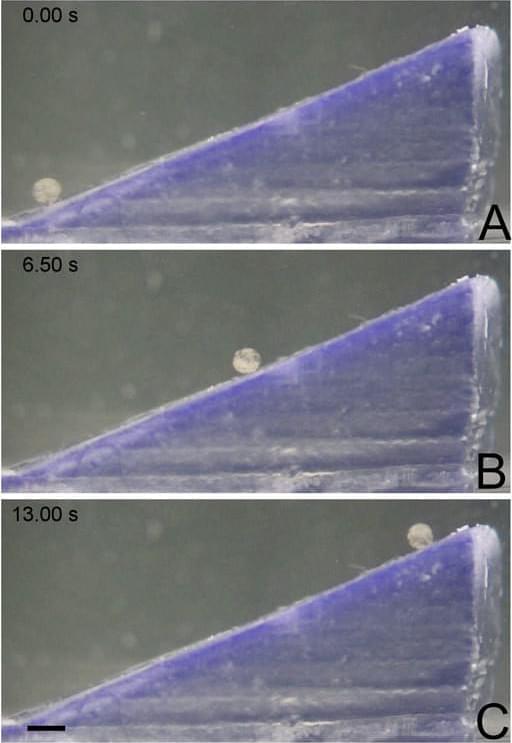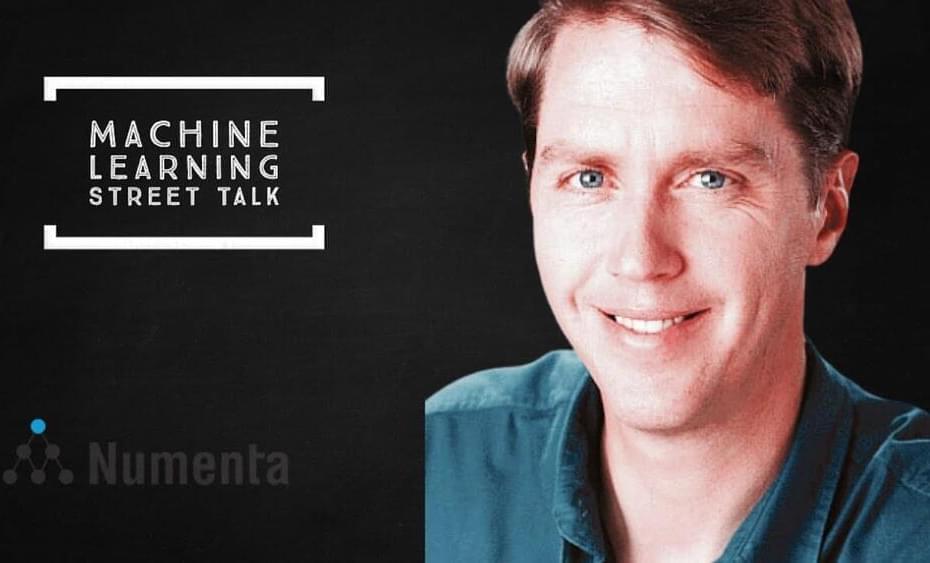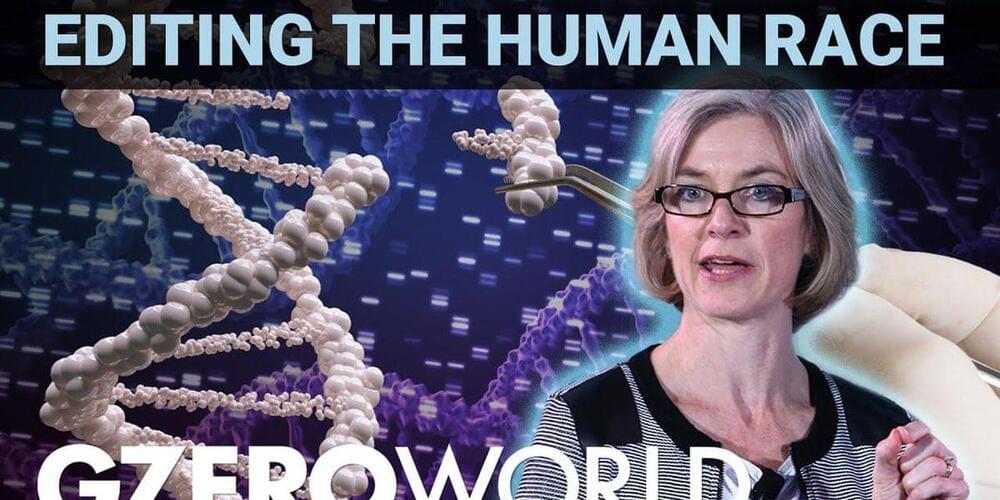Sep 5, 2021
We may finally know where high-energy cosmic rays come from
Posted by Atanas Atanasov in categories: chemistry, cosmology, space travel
High-energy cosmic rays have proven elusive… but we may have found their source.
Thanks to new research led by the University of Nagoya, scientists have quantified the number of cosmic rays produced in a supernova remnant for the first time. This research has helped resolve a 100-year mystery and is a major step towards determining precisely where cosmic rays come from.
While scientists theorize that cosmic rays originate from many sources — our Sun, supernovae, gamma-ray bursts (GRBs), and active galactic nuclei (sometimes called quasars) — their exact origin has been a mystery since they were first discovered in 1912. Similarly, astronomers have theorized that supernova remnants (the after-effects of supernova explosions) are responsible for accelerating them to nearly the speed of light.
Continue reading “We may finally know where high-energy cosmic rays come from” »


















